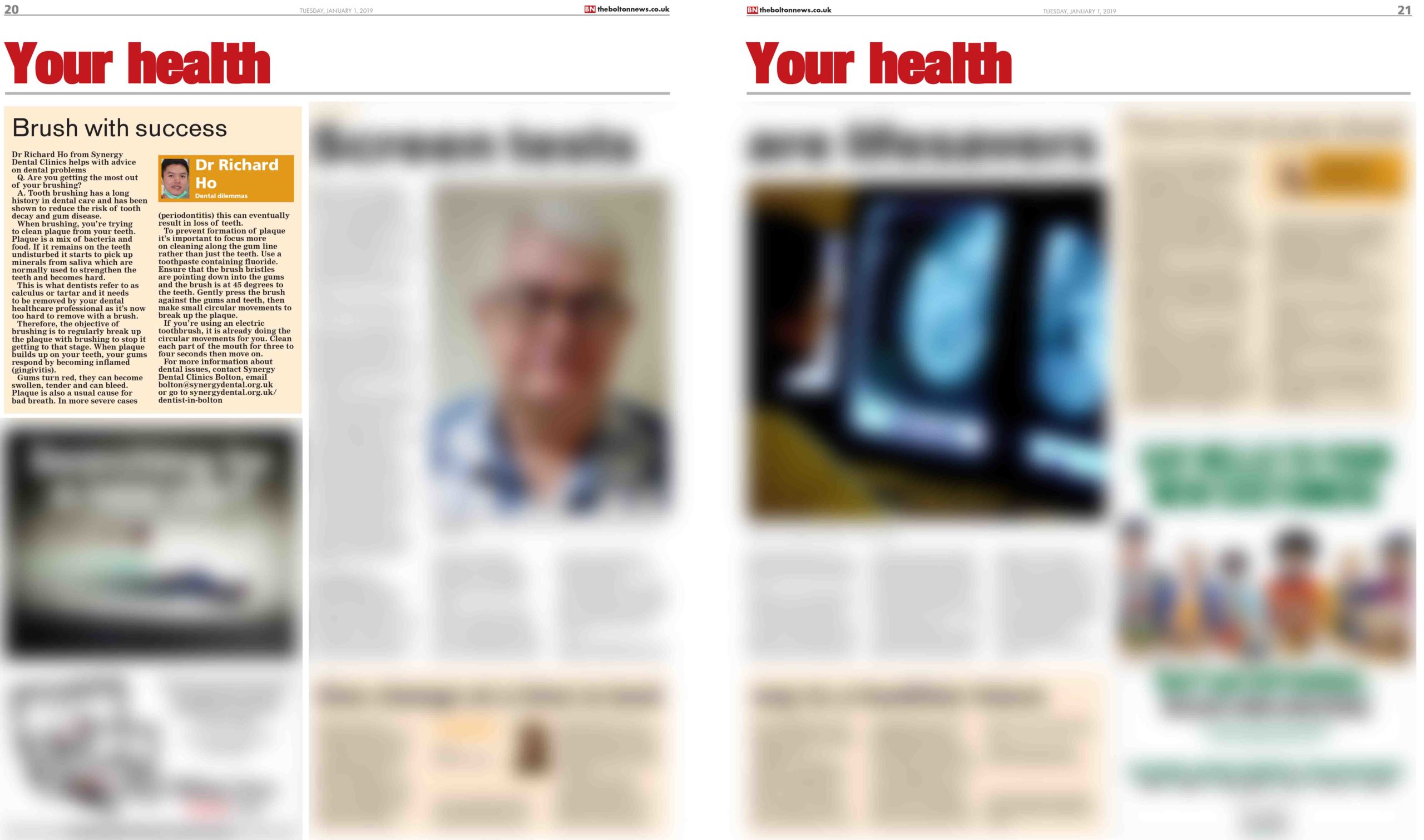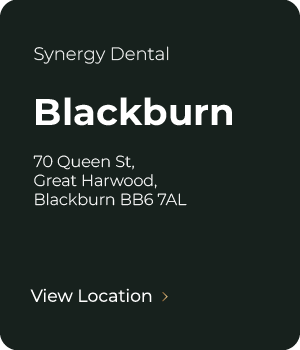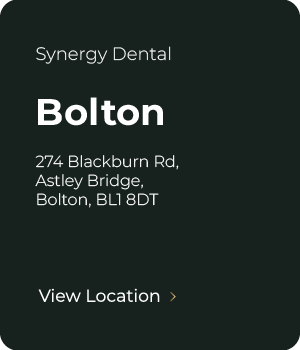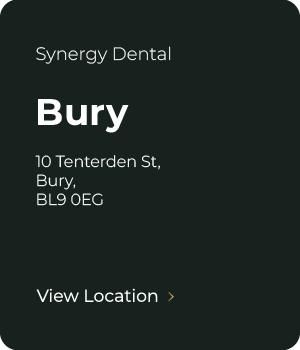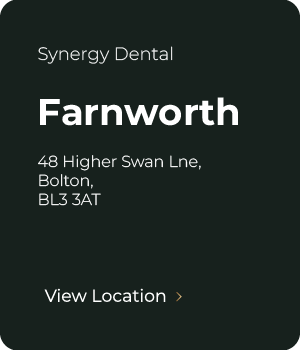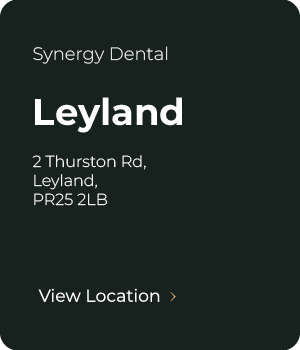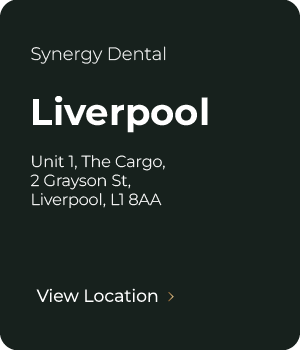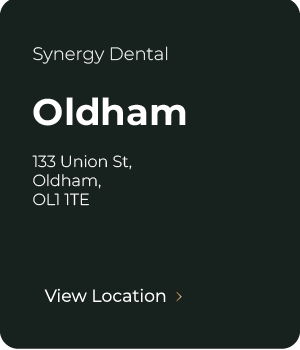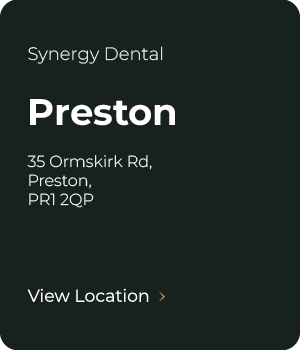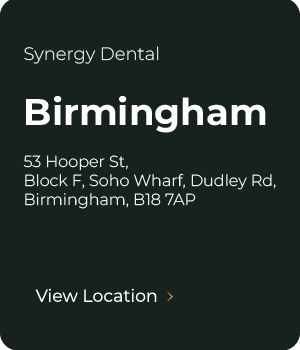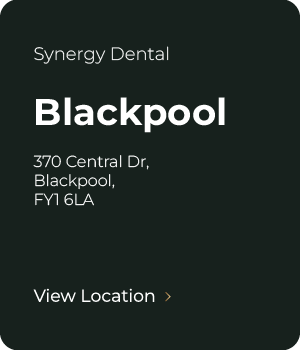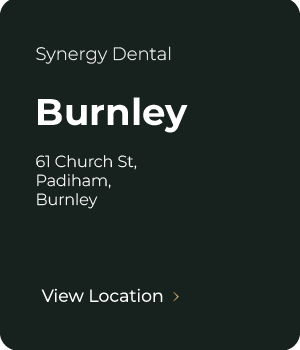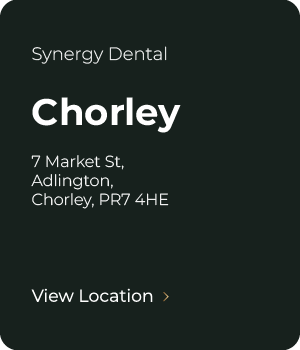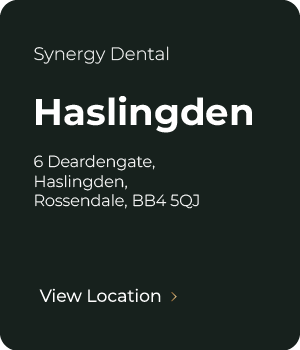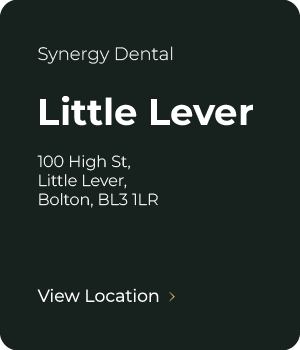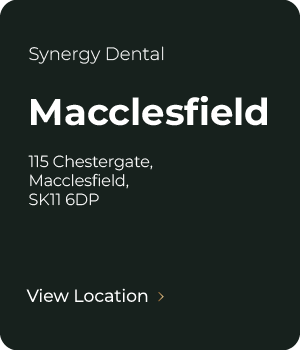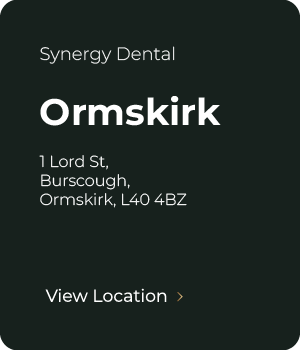Dr Richard Ho from Synergy Dental Clinics helps with advice on dental problems
Q. Are you getting the most out of your brushing?
A. Tooth brushing has a long history in dental care and has been shown to reduce the risk of tooth decay and gum disease. When brushing, you’re trying to clean plaque from your teeth. Plaque is a mix of bacteria and food. If it remains on the teeth undisturbed it starts to pick up minerals from saliva which are normally used to strengthen the teeth and becomes hard.
This is what dentists refer to as calculus or tartar and it needs to be removed by your dental healthcare professional as it’s now too hard to remove with a brush. Therefore, the objective of brushing is to regularly break up the plaque with brushing to stop it getting to that stage. When plaque builds up on your teeth, your gums respond by becoming inflamed (gingivitis). Gums turn red, they can become swollen, tender and can bleed. Plaque is also a usual cause for bad breath.
In more severe cases (periodontitis) this can eventually result in loss of teeth. To prevent formation of plaque it’s important to focus more on cleaning along the gum line rather than just the teeth. Use a toothpaste containing fluoride. Ensure that the brush bristles are pointing down into the gums and the brush is at 45 degrees to the teeth.
Gently press the brush against the gums and teeth, then make small circular movements to break up the plaque. If you’re using an electric toothbrush, it is already doing the circular movements for you.
Clean each part of the mouth for three to four seconds then move on.
For more information about dental issues, contact Synergy Dental Clinics Bolton, email bolton@synergydental.org.uk or go to https://local.synergydental.org.uk/synergy-dental/dentist-in-bolton/
